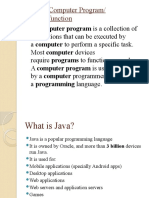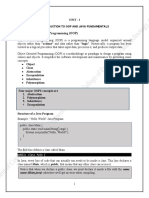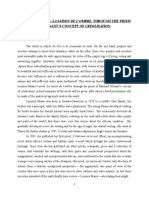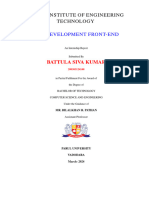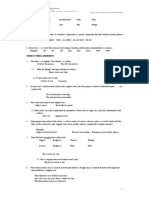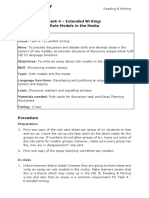0% found this document useful (0 votes)
4 views10 pagesOOP Features Java Presentation
The document introduces the Object-Oriented Programming (OOP) paradigm, highlighting key concepts such as classes, objects, abstraction, encapsulation, inheritance, and polymorphism. It explains that a class serves as a blueprint for creating objects, which are instances of classes that can access member variables and functions. Additionally, the document provides syntax examples for each concept to illustrate their implementation in programming.
Uploaded by
karuppasamypandianCopyright
© © All Rights Reserved
We take content rights seriously. If you suspect this is your content, claim it here.
Available Formats
Download as PPTX, PDF, TXT or read online on Scribd
0% found this document useful (0 votes)
4 views10 pagesOOP Features Java Presentation
The document introduces the Object-Oriented Programming (OOP) paradigm, highlighting key concepts such as classes, objects, abstraction, encapsulation, inheritance, and polymorphism. It explains that a class serves as a blueprint for creating objects, which are instances of classes that can access member variables and functions. Additionally, the document provides syntax examples for each concept to illustrate their implementation in programming.
Uploaded by
karuppasamypandianCopyright
© © All Rights Reserved
We take content rights seriously. If you suspect this is your content, claim it here.
Available Formats
Download as PPTX, PDF, TXT or read online on Scribd
/ 10











